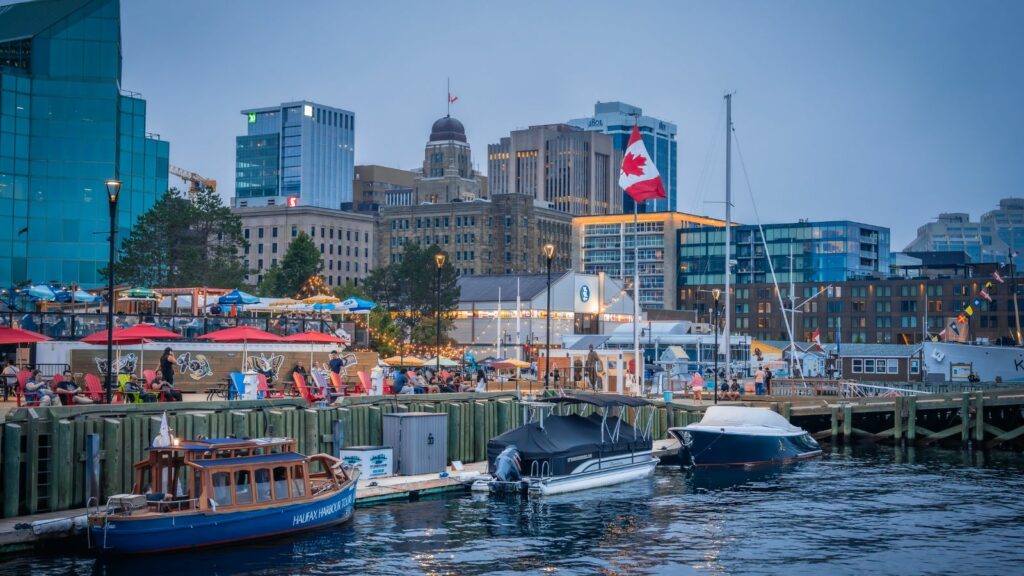Canada’s cities are becoming global leaders in innovation, sustainability, and economic growth. From Montreal’s AI ecosystem to Calgary’s clean energy initiatives, urban centres across the country are stepping into the spotlight. These cities attract global talent, foster thriving startup communities, and invest in future-ready infrastructure. As the world seeks stable and forward-thinking places to grow, Canadian cities are offering solutions, opportunities, and vision. Here are 25 clear signs that Canadian cities are shaping the future.
Halifax, Nova Scotia
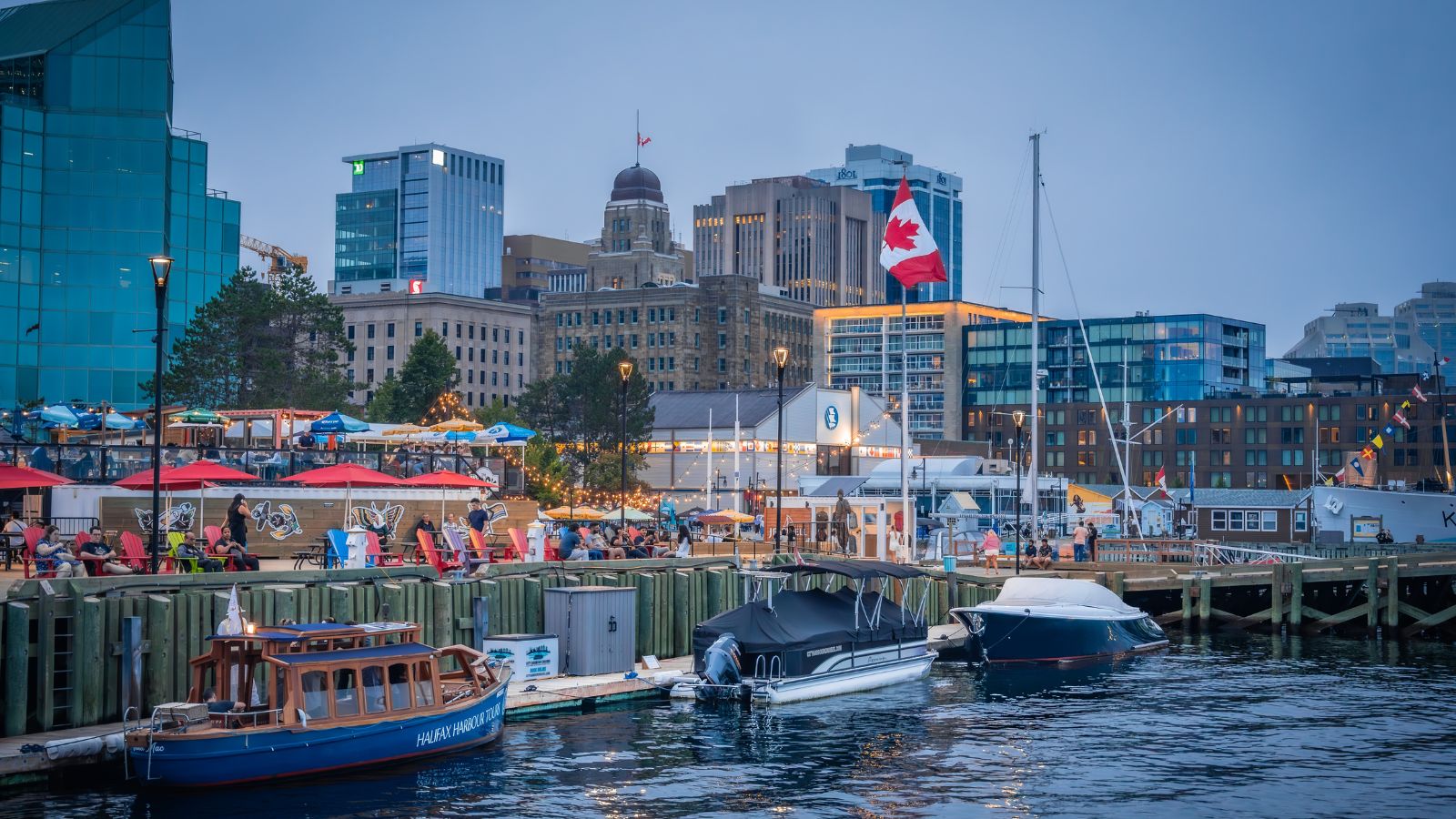
Halifax is fast emerging as a top destination for innovation and talent in Atlantic Canada. Its growing tech ecosystem, supported by institutions like Dalhousie University and Volta, is drawing startups and research investment. The city’s affordable housing, ocean economy development, and investment in clean energy make it attractive for both young professionals and global firms. Halifax also benefits from its strategic location, which provides direct access to European and US markets. Its port, one of the deepest and ice-free year-round, boosts trade and logistics. Halifax is clearly building a balanced future of innovation, affordability, and international connectivity.
Waterloo, Ontario
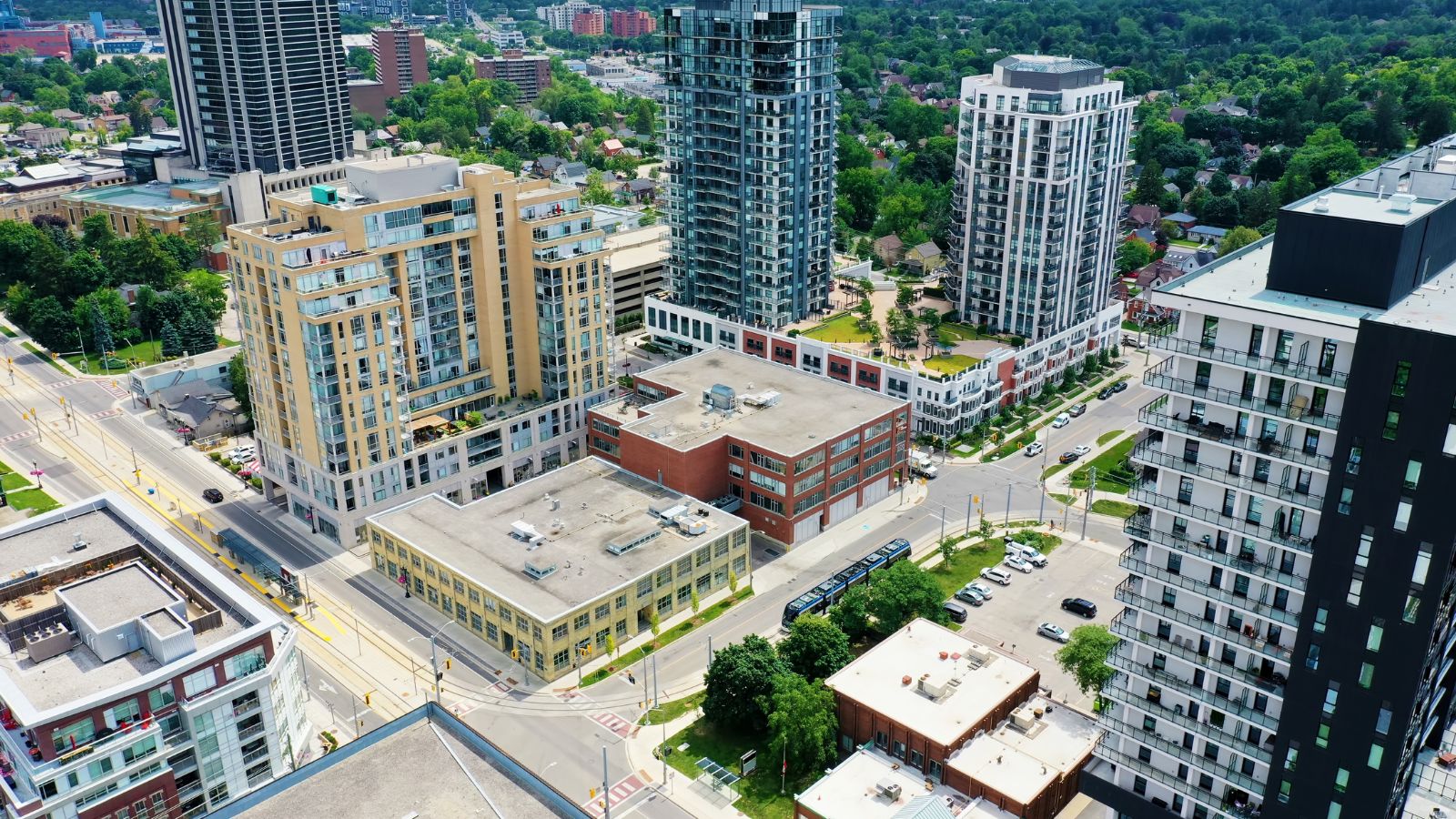
Waterloo has earned a global reputation as a leading hub for tech and innovation. Home to the University of Waterloo and numerous research centers, the city consistently ranks among Canada’s most startup-friendly locations. Major global companies, such as Google, Shopify, and OpenText, have established significant operations here. The talent pool is young, skilled, and diverse, with strong links between academia and industry. Waterloo also invests in clean tech, autonomous vehicle testing, and smart infrastructure. Despite its relatively small size, the city competes with global tech capitals, proving that innovation in Canada extends well beyond Toronto and Vancouver.
Kelowna, British Columbia
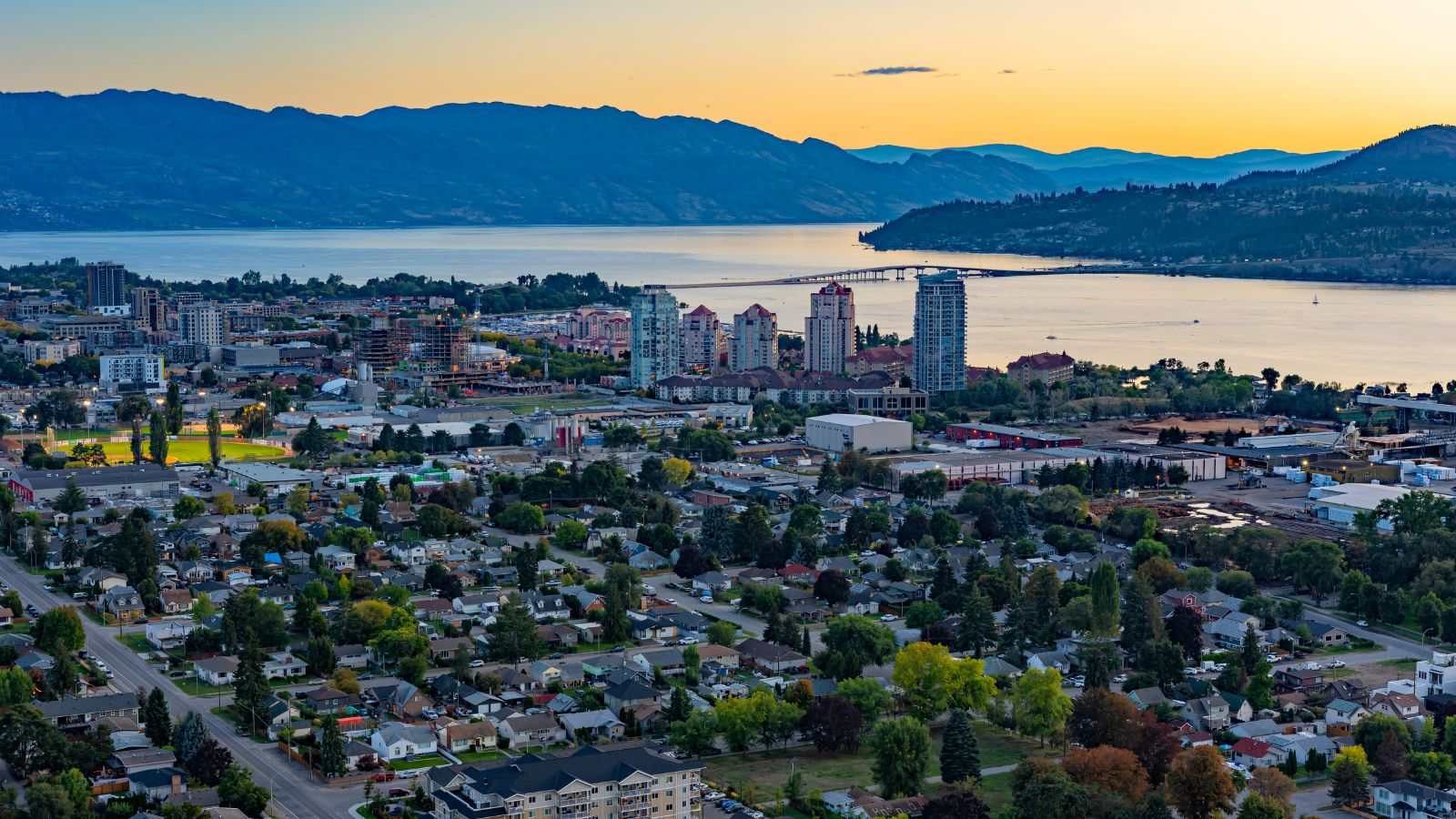
Kelowna is gaining attention as one of Canada’s fastest-growing cities, blending natural beauty with economic momentum. Its tech sector has expanded significantly, supported by initiatives from Accelerate Okanagan and partnerships with UBC Okanagan. The city offers a high quality of life, access to outdoor recreation, and a lower cost of living compared to Vancouver. These advantages are attracting young entrepreneurs and remote professionals. Kelowna is also investing in smart city planning, sustainable housing, and climate resilience. Its mix of livability and forward-looking development is transforming it into a key innovation hub in Western Canada.
Toronto, Ontario
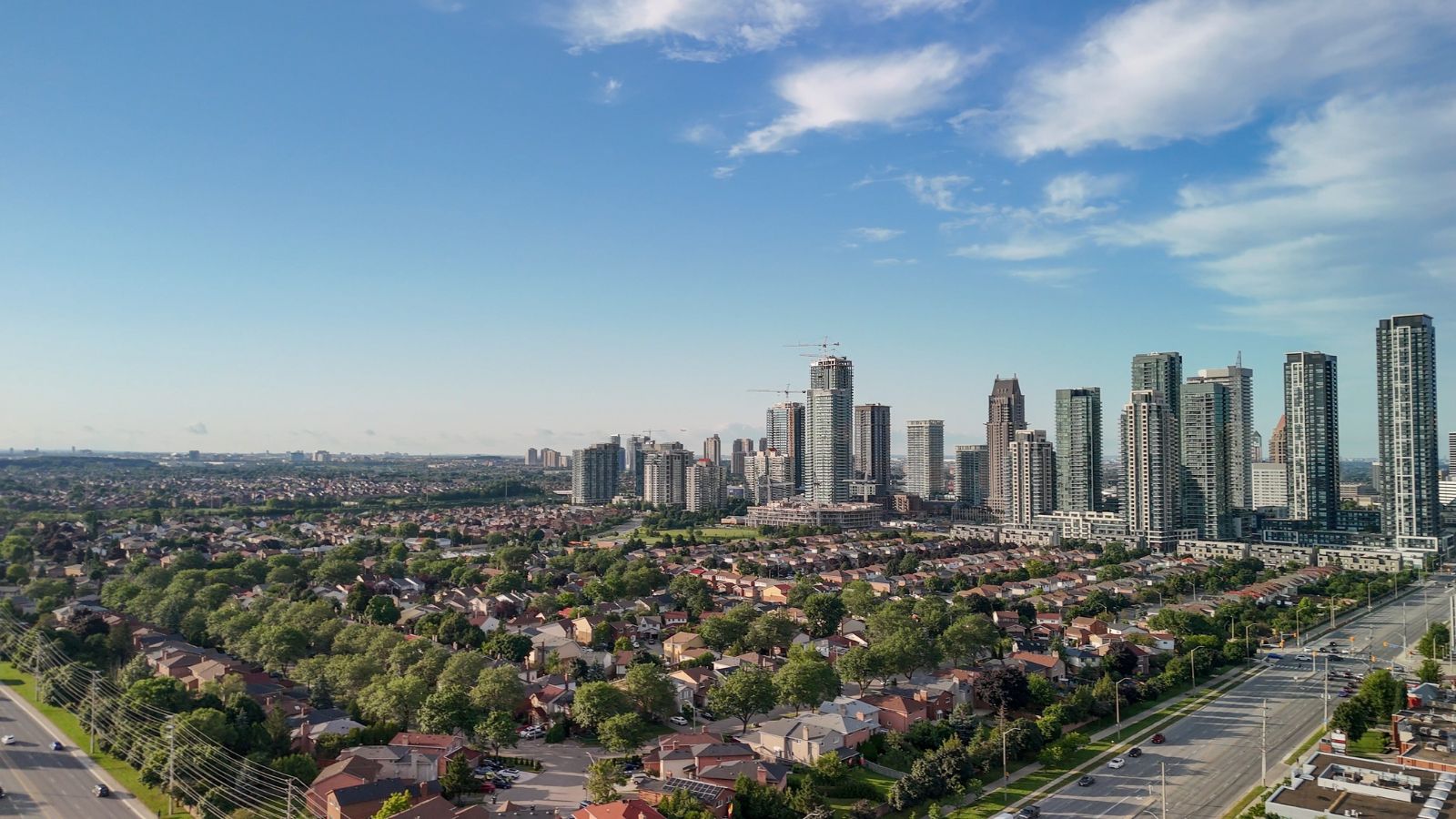
Toronto stands at the center of Canada’s global influence. As the country’s largest city, it drives economic growth through its finance, technology, and creative sectors. Toronto is home to Canada’s biggest tech workforce and ranks among North America’s top cities for venture capital investment. The city’s diversity, strong infrastructure, and cultural dynamism make it an attractive destination for global companies and talent. Institutions like the University of Toronto fuel world-class research in AI, medicine, and sustainability. With ongoing investments in transit, housing, and green spaces, Toronto continues to evolve as a future-ready global metropolis.
Vancouver, British Columbia

Vancouver combines sustainability, innovation, and global connectivity like few other cities. Its green city planning and strong climate policies have made it a leader in urban environmental strategy. Vancouver is also a major hub for clean tech, digital media, and film production. The city attracts top talent from around the world, helped by its lifestyle appeal and international accessibility. Startups thrive in their supportive ecosystem, anchored by institutions like the University of British Columbia and companies such as Hootsuite and Dapper Labs. Vancouver’s proactive approach to future challenges keeps it ahead on both economic and social fronts.
Montreal, Quebec

Montreal is positioning itself as a global leader in artificial intelligence, gaming, and advanced research. With strong academic institutions like McGill University and Université de Montréal, the city fosters a thriving ecosystem of startups, labs, and multinational companies. AI research hubs such as Mila have put Montreal on the global map. The city also boasts a vibrant arts and culture scene that complements its growing tech sector. Investments in green mobility, public transportation, and affordable housing are making Montreal a more inclusive and sustainable city. Its bilingual population and affordable cost of living make it uniquely competitive among global innovation centres.
Calgary, Alberta

Calgary is transitioning from an oil-dependent economy to a diversified and innovation-driven urban centre. The city is investing heavily in clean energy, fintech, and digital technology, with support from hubs such as Platform Calgary and the University of Calgary. A young, educated workforce and one of Canada’s highest rates of business investment make Calgary a competitive destination. With lower living costs than Toronto or Vancouver and a strong startup support system, it is attracting entrepreneurs and professionals seeking long-term opportunities. Calgary is proof that a city renowned for its energy can also lead the way in sustainability and technological progress.
Mississauga, Ontario
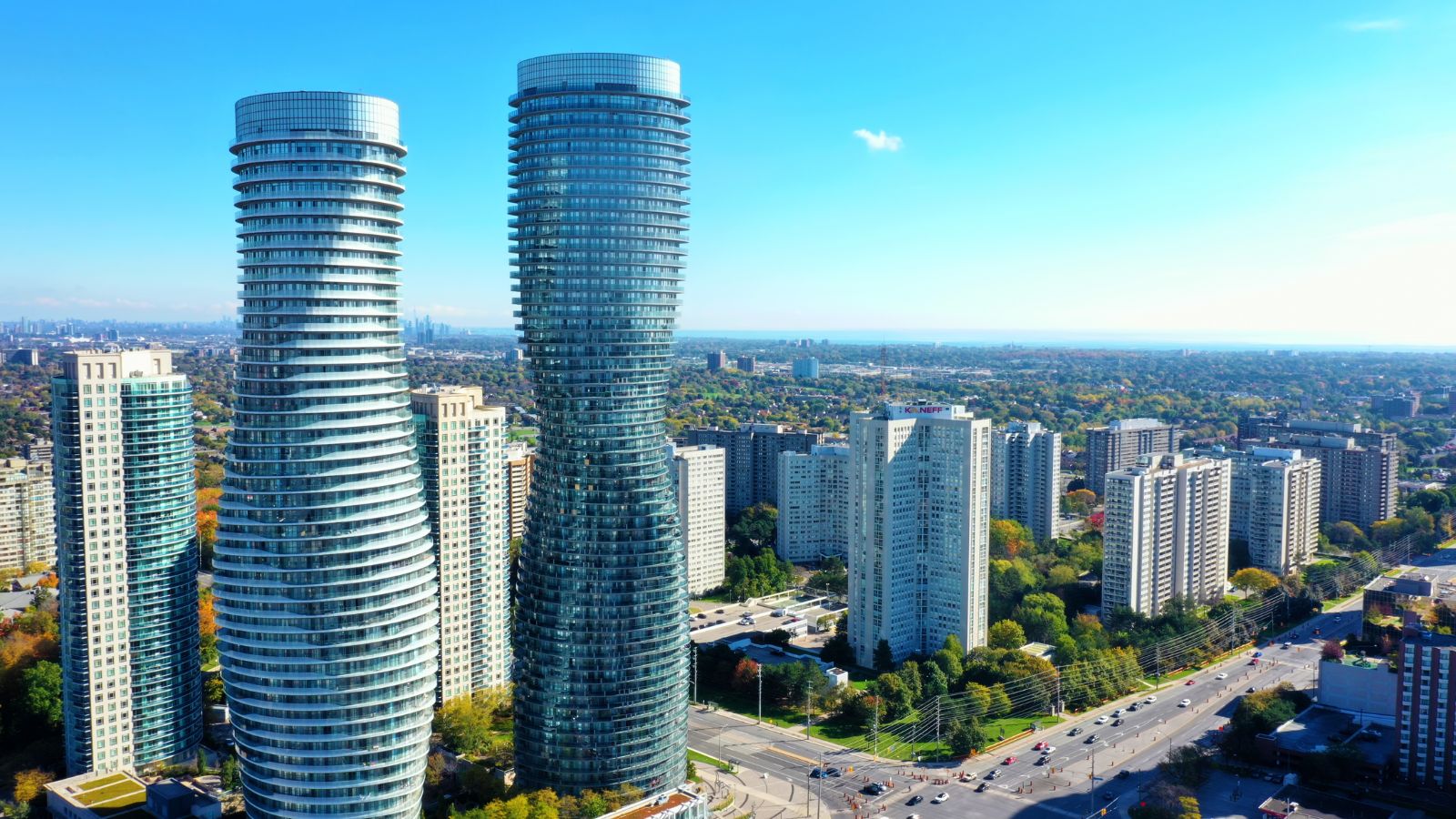
Mississauga is quickly emerging as a significant economic powerhouse within the Greater Toronto Area. It hosts the Canadian headquarters of numerous multinational corporations and has become a vital hub for sectors like pharmaceuticals, aerospace, and fintech. The city’s diverse population and business-friendly environment contribute to its growing influence. Mississauga is also investing in infrastructure, including the Hurontario LRT line and smart city initiatives. Education and innovation are supported through nearby institutions such as the University of Toronto Mississauga. With its strategic location and growing autonomy, Mississauga is shaping its future on a regional and global scale.
Brampton, Ontario
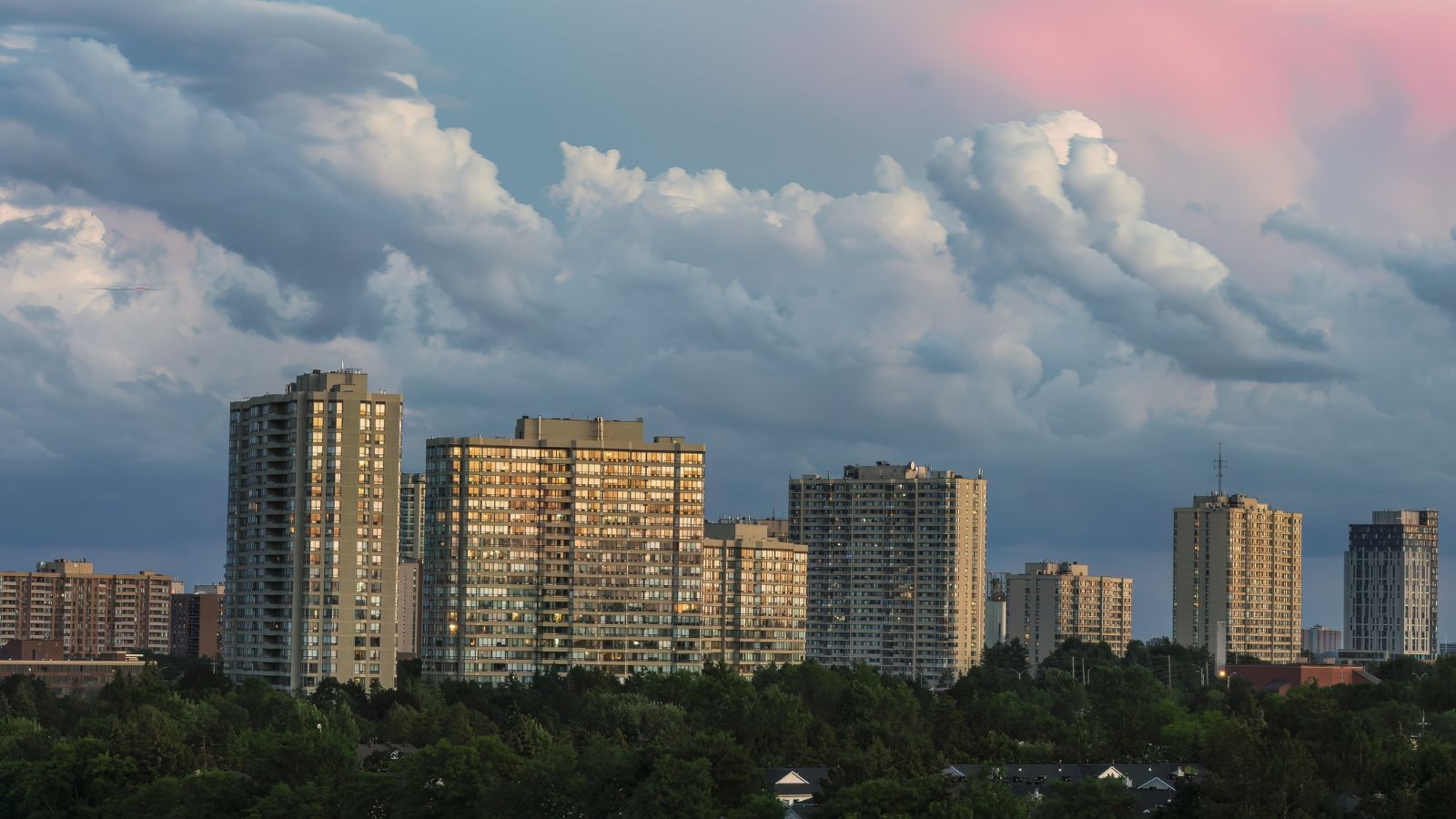
Brampton is becoming one of Canada’s fastest-growing innovation corridors. With a young and diverse population, the city is focused on building a strong future in technology, advanced manufacturing, and health sciences. Brampton is home to Canada’s first innovation district dedicated to health and life sciences, and it continues to invest in smart infrastructure and transit. Programs like the Brampton Innovation District, along with partnerships with Ryerson University and Sheridan College, are fostering entrepreneurship and innovation. Its proximity to Toronto and major transportation routes adds to its strategic value. Brampton is actively positioning itself as a future-ready urban centre.
Ottawa, Ontario
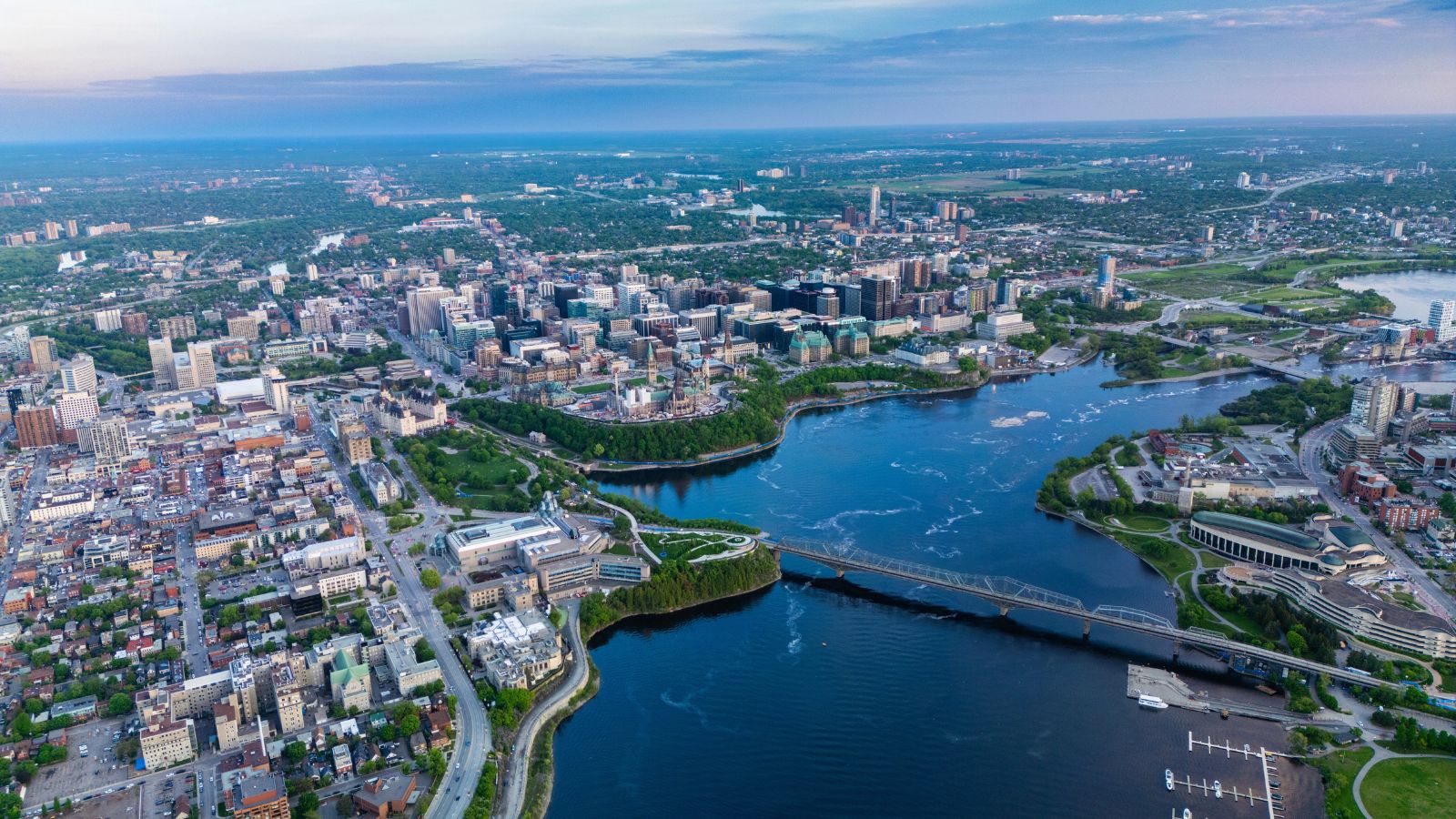
Ottawa, the capital of Canada, is more than just the nation’s political heart. It is a high-tech and research hub, powerful in telecommunications, cybersecurity, and clean tech. With institutions like Carleton University and the University of Ottawa, the city has a steady pipeline of skilled graduates. Companies such as Shopify and Kinaxis have grown here, supported by access to federal research grants and innovation programs. Ottawa also boasts an excellent quality of life, a strong public transit network, and a bilingual workforce. It is quietly becoming one of Canada’s most balanced and forward-looking cities.
Hamilton, Ontario
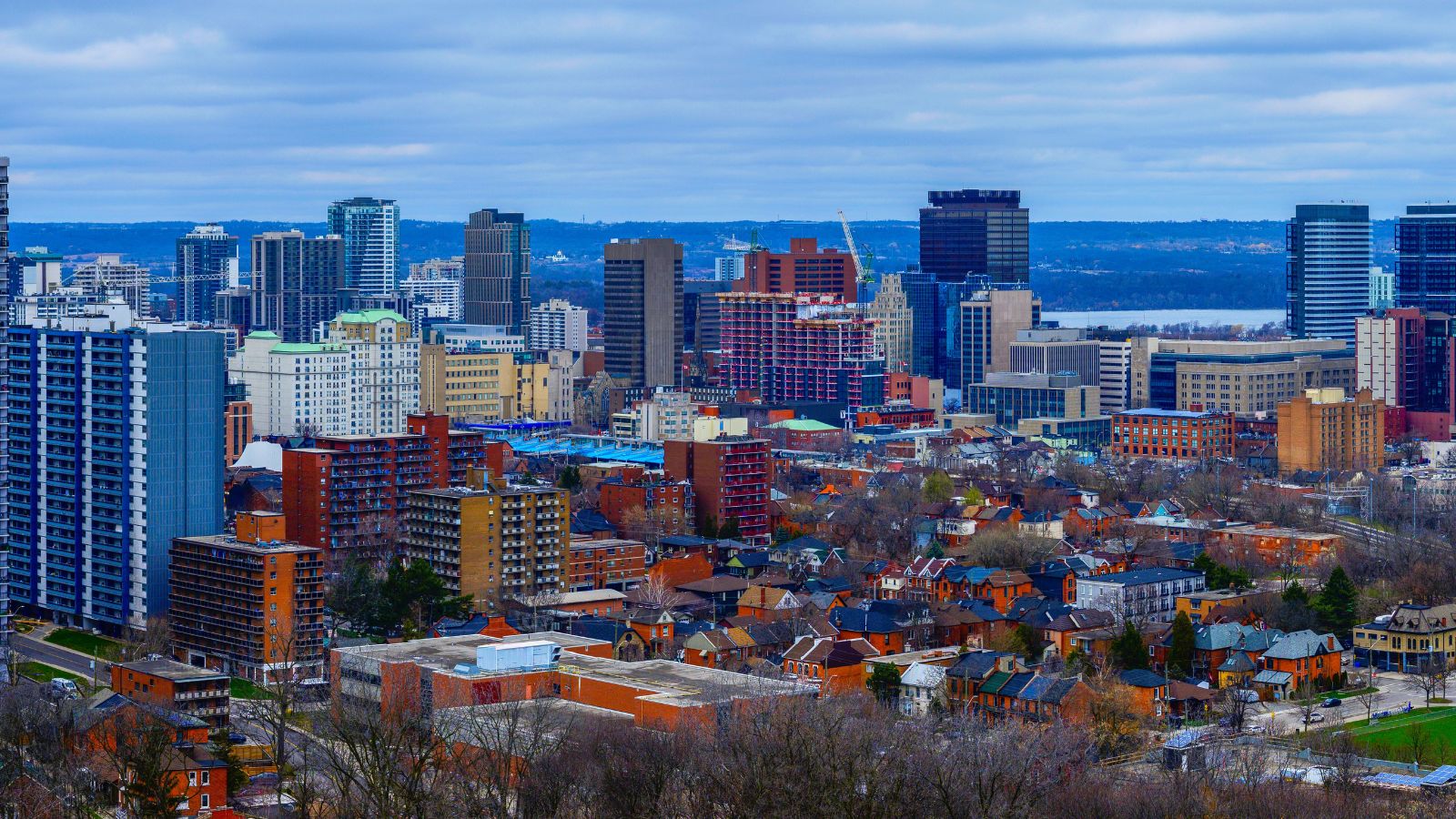
Hamilton has transformed from a steel town into a modern hub for health sciences, advanced manufacturing, and education. With McMaster University and a rapidly growing hospital network, the city is a leader in medical research and biotech. The waterfront is being revitalized, and housing remains more affordable than in nearby Toronto. Hamilton is investing in public transit, climate resilience, and the development of green spaces. Its mix of industrial legacy and modern innovation gives it a unique edge. As it diversifies its economy and modernizes its infrastructure, Hamilton is proving that mid-sized cities can lead the way in sustainability and science.
London, Ontario
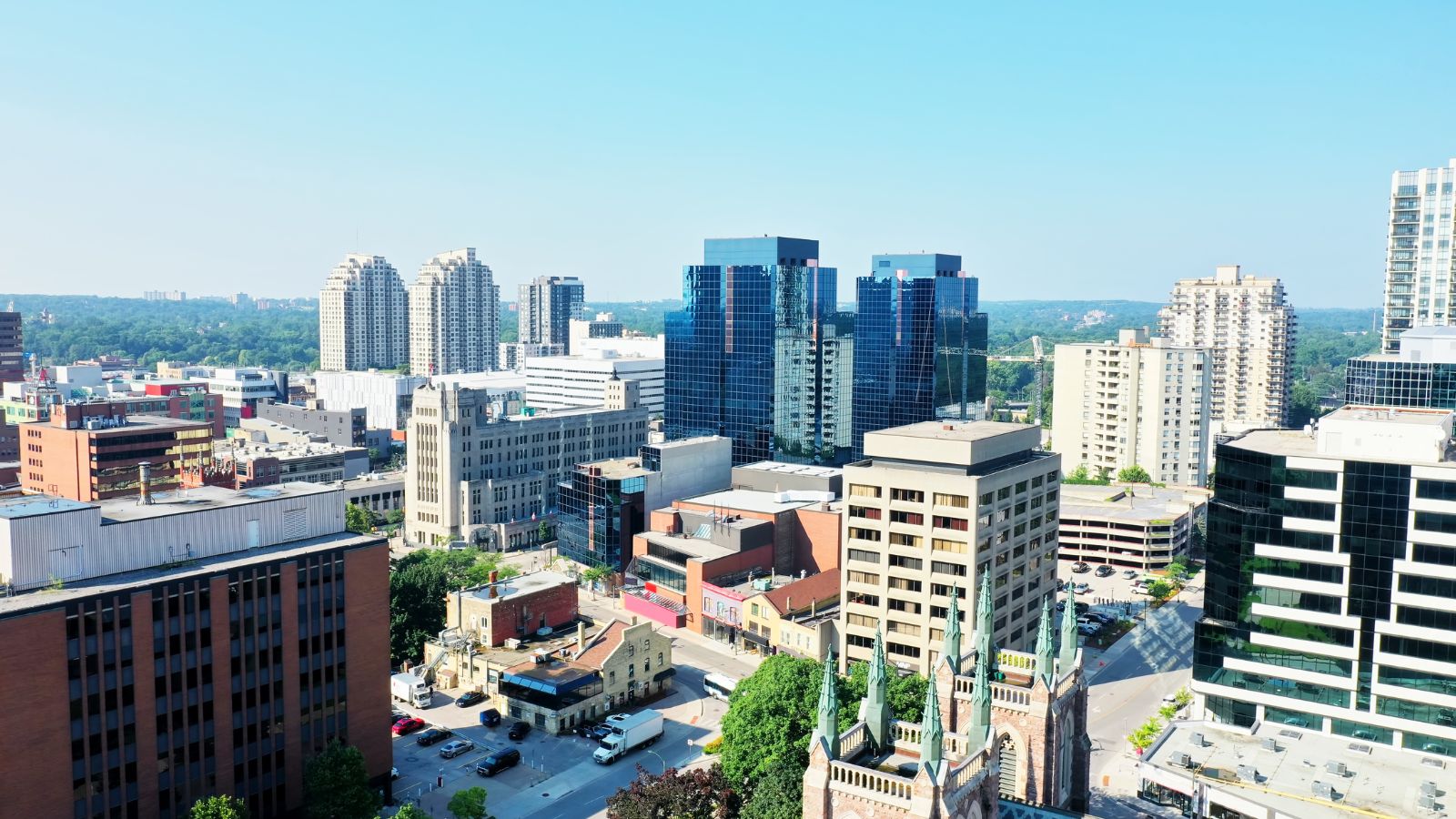
London is gaining momentum as a regional leader in healthcare, education, and digital technology. Anchored by Western University and Fanshawe College, the city produces a steady stream of talent that supports its growing tech and research sectors. It has strengths in the life sciences, agri-tech, and fintech sectors, with startups and established firms benefiting from lower operating costs compared to those in Toronto. London also maintains a strong commitment to livability through green spaces, transit improvements, and affordable housing strategies. With a stable economy and a clear growth plan, London is positioning itself as a future-focused mid-sized city in Ontario.
Kitchener–Waterloo, Ontario
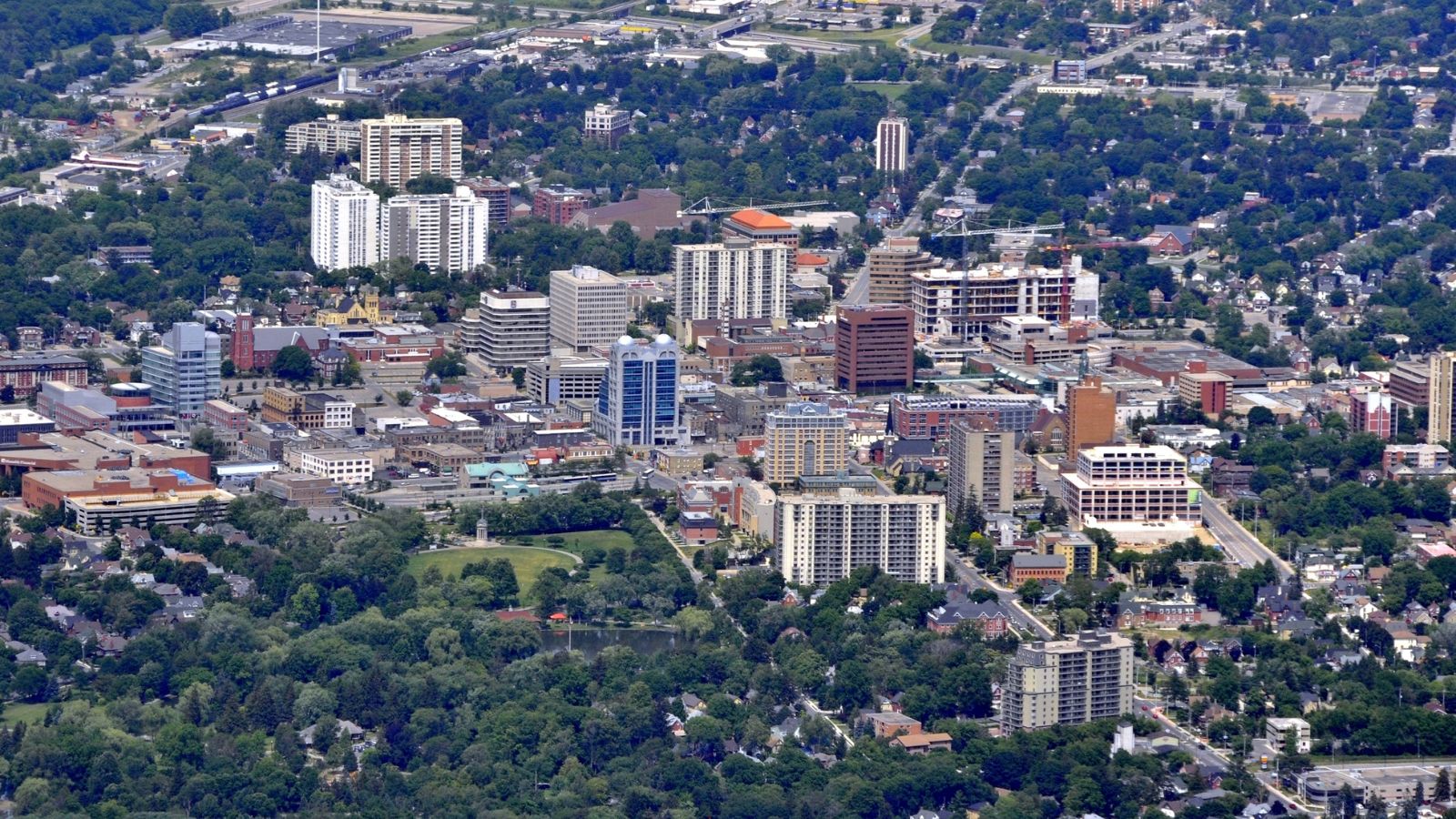
Kitchener–Waterloo continues to solidify its reputation as one of Canada’s premier innovation clusters. Home to the University of Waterloo and Wilfrid Laurier University, the region fosters entrepreneurship, particularly in the tech and engineering sectors. Major tech firms and promising startups thrive here due to strong talent pipelines and access to venture capital. The area supports experiments in smart mobility and digital infrastructure through initiatives like Communitech. Affordable commercial space, a strong sense of community, and municipal support create a fertile environment for growth. Kitchener–Waterloo is a vital node in Canada’s tech ecosystem and a model of regional innovation.
Edmonton, Alberta
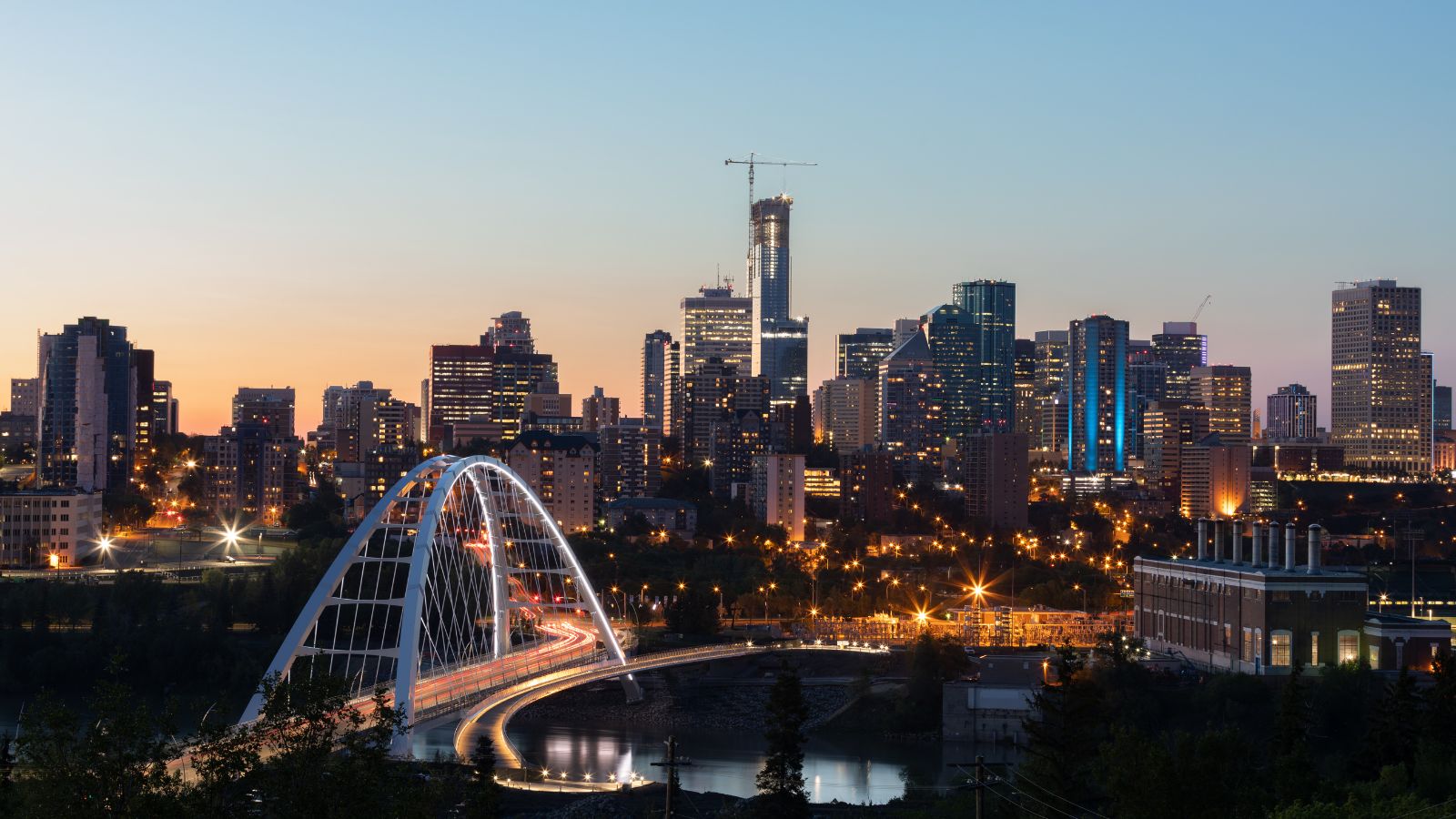
Edmonton is transforming into a diversified economy anchored by technology, health sciences, and education. With the University of Alberta at its core, the city is investing in AI, biotech, and clean energy research. Edmonton is also a leader in municipal climate action and urban planning, with long-term sustainability goals in place. The affordability of housing and quality of life are major draws for professionals and families. City-backed innovation zones and incubators are helping startups gain traction. Edmonton’s shift from a resource-reliant economy to a knowledge-driven one marks its steady rise as a future-ready Canadian city.
Québec City, Quebec
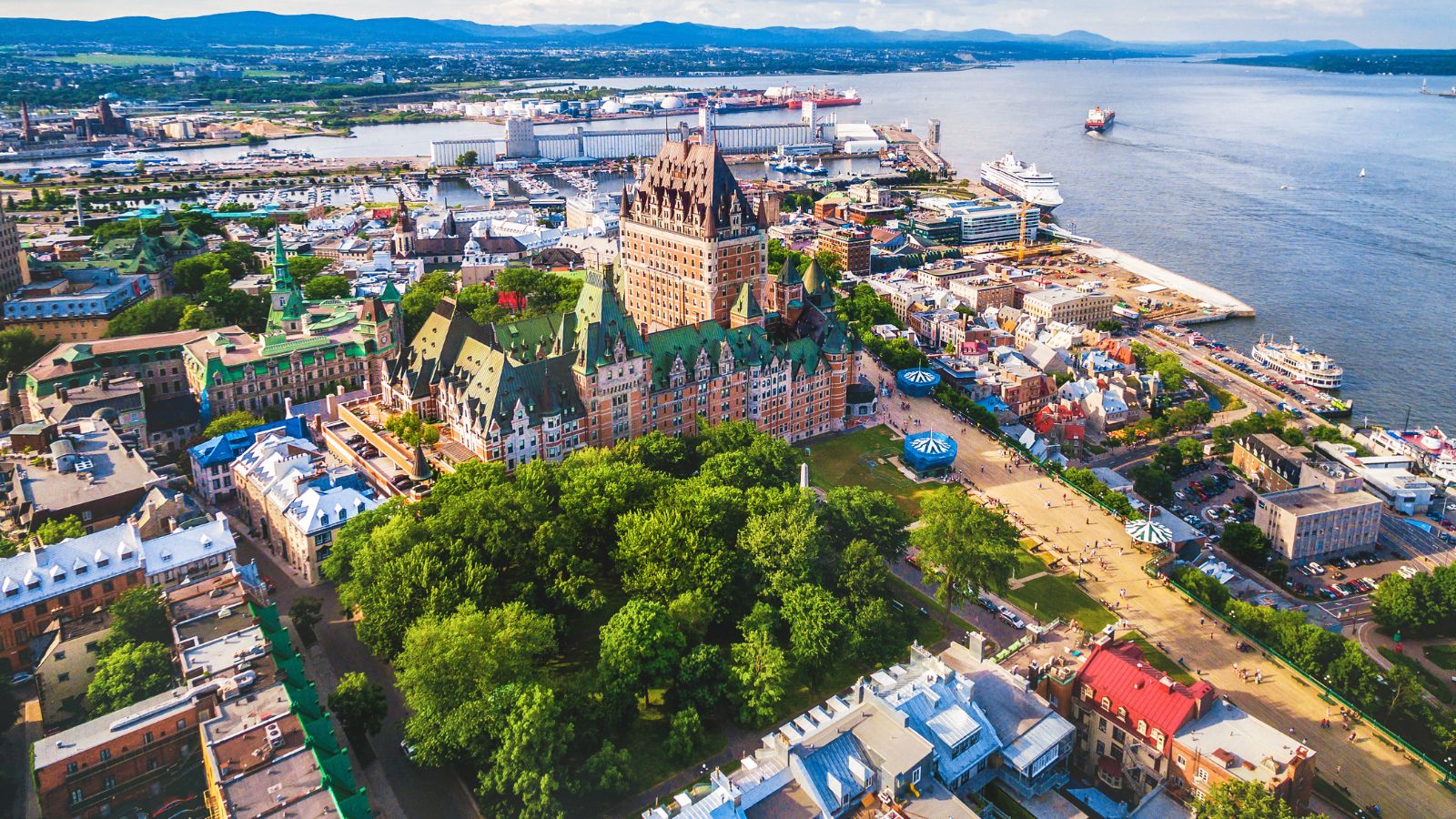
Québec City is emerging as a forward-looking centre for technology, culture, and clean development. While rooted in rich history, the city has developed strong capabilities in digital media, AI, and life sciences. Institutions like Université Laval and research centers support its innovation growth. Québec City also benefits from a stable economy, affordable housing, and a high quality of life. Investments in public transport, sustainability, and tech infrastructure are helping to modernize the city without sacrificing its heritage. With a focus on bilingual education and green urban planning, Québec City is blending tradition with future-readiness in a distinctly Canadian way.
Victoria, British Columbia
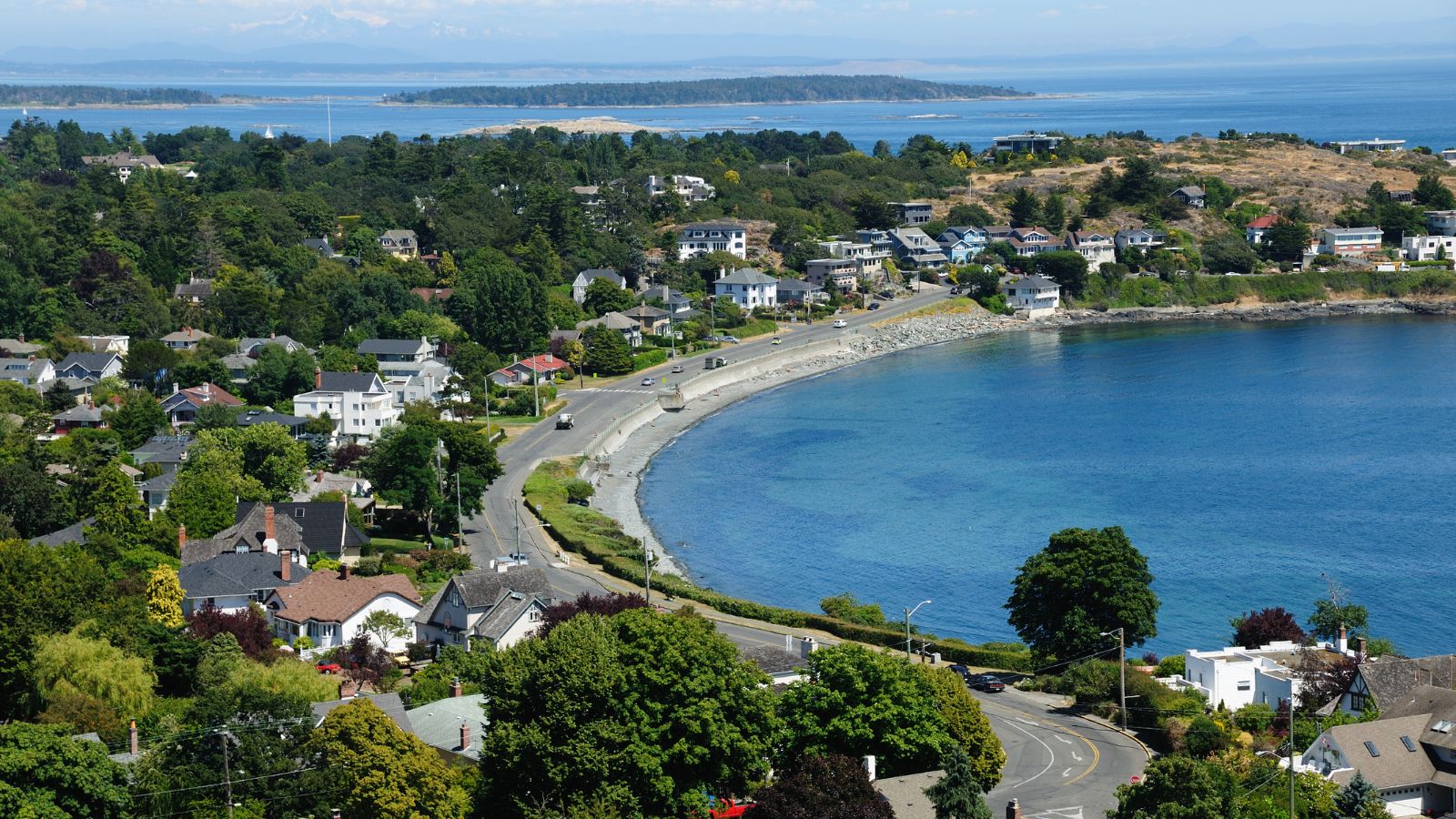
Victoria stands out as a leader in environmental policy, climate action, and green innovation. As the capital of British Columbia, it hosts the government, education, and tech sectors in a city renowned for its walkability and clean energy use. Startups in ocean tech and climate research are supported by local initiatives and the University of Victoria’s programs. Victoria’s city planning emphasizes sustainable growth, with a strong focus on investment in bike infrastructure, public transit, and green buildings. A proactive approach to addressing sea-level rise and enhancing climate resilience aligns with its coastal geography. Victoria shows how mid-sized cities can lead through sustainability and innovation.
Winnipeg, Manitoba
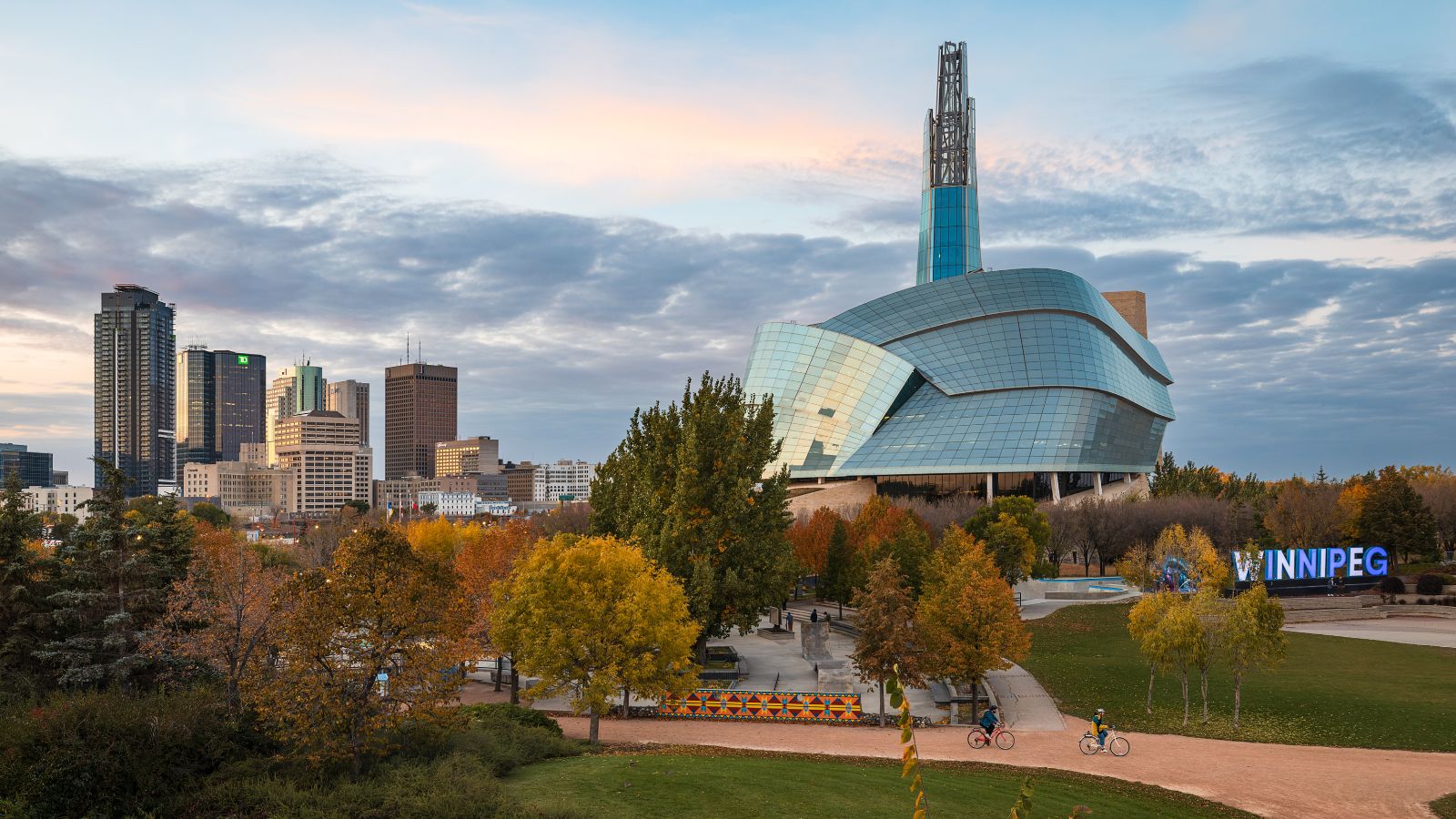
Winnipeg is quietly becoming a powerful centre for logistics, manufacturing, and clean technology in the Canadian Prairies. With its central location and strong transportation infrastructure, it serves as a major hub for trade and supply chains. The city also has strengths in agribusiness, aerospace, and AI research, supported by the University of Manitoba and Red River College. Winnipeg’s affordability, cultural diversity, and growing tech sector are helping to retain and attract talent. Public and private investments in infrastructure, housing, and sustainability are setting the foundation for long-term growth. Winnipeg’s balanced progress shows the potential of central Canadians in future cities.
Saskatoon, Saskatchewan

Saskatoon is emerging as a leading force in agricultural technology, clean energy, and research innovation. The city benefits from the presence of the University of Saskatchewan and major research facilities, such as the Canadian Light Source synchrotron. These institutions support advancements in food security, water research, and sustainable farming. Saskatoon also plays a central role in the province’s efforts to transition toward cleaner industries. Its low cost of living, educated workforce, and strategic location make it appealing for both startups and investors. Saskatoon’s focus on food tech and research-driven growth is helping it stand out as a future-ready prairie city.
St. John’s, Newfoundland and Labrador

St. John’s is leveraging its ocean economy, energy research, and growing innovation ecosystem to redefine its future. The city is home to Memorial University and the Marine Institute, both of which support advancements in marine engineering, offshore technology, and climate science. St. John’s is also investing in startups through innovation centers and government-backed programs. While historically linked to offshore oil, the city is diversifying into ocean tech, sustainable fisheries, and renewable energy. Its coastal geography and research expertise give it a competitive edge in tackling global marine challenges. St. John’s is becoming a hub for ocean-focused innovation in Atlantic Canada.
Regina, Saskatchewan
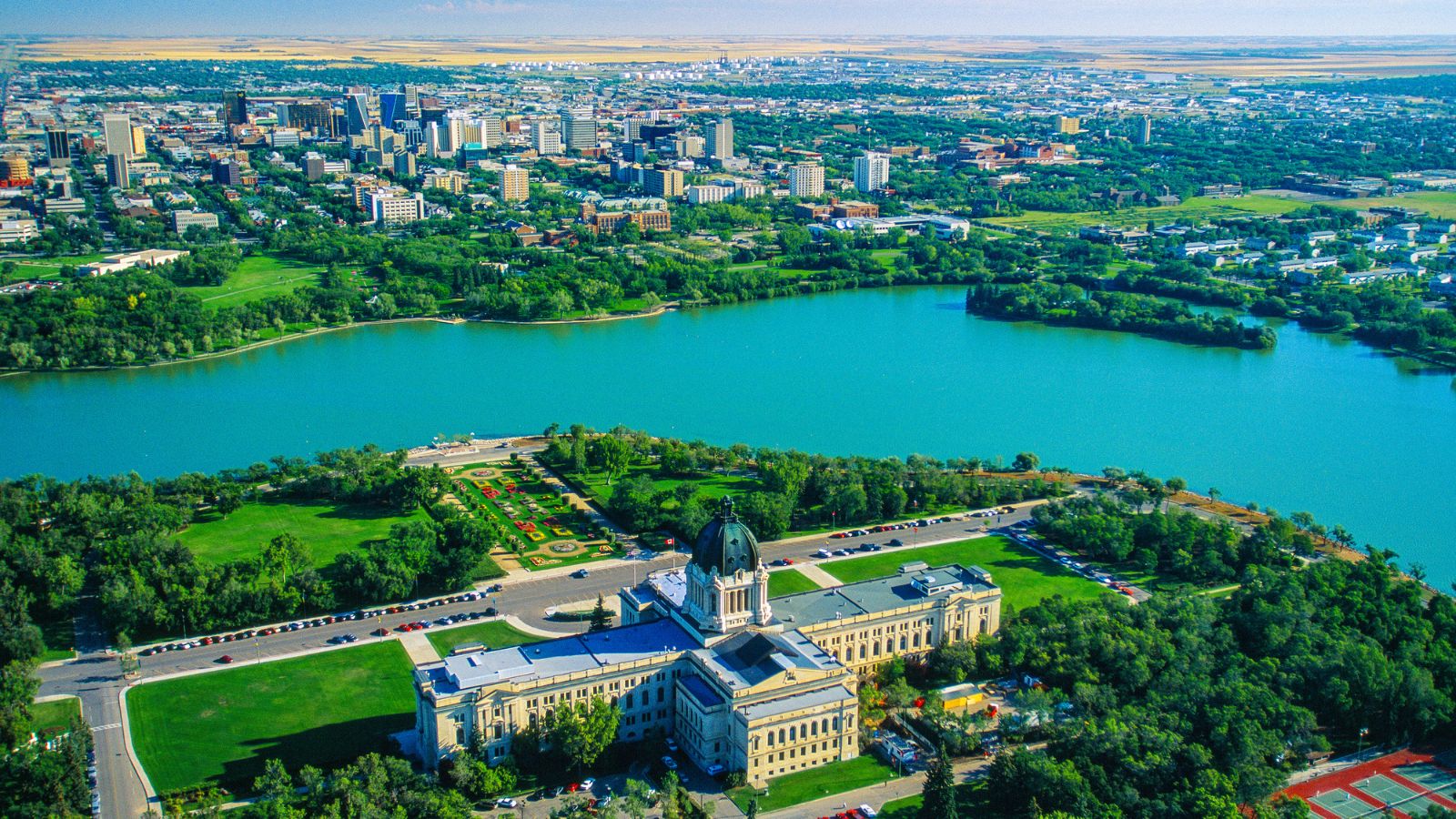
Regina is moving beyond its government and agricultural roots to build a future-focused economy driven by innovation and clean growth. The city is investing in carbon capture technologies, renewable energy, and sustainable food systems. With institutions like the University of Regina supporting research in energy and environment, the city is aligning education with economic needs. Regina’s central location makes it key for logistics and trade, while its low housing costs and open space appeal to families and professionals. Municipal initiatives are focused on infrastructure, transit, and sustainability. Regina’s evolving identity reflects how prairie cities are preparing for the future.
Charlottetown, Prince Edward Island
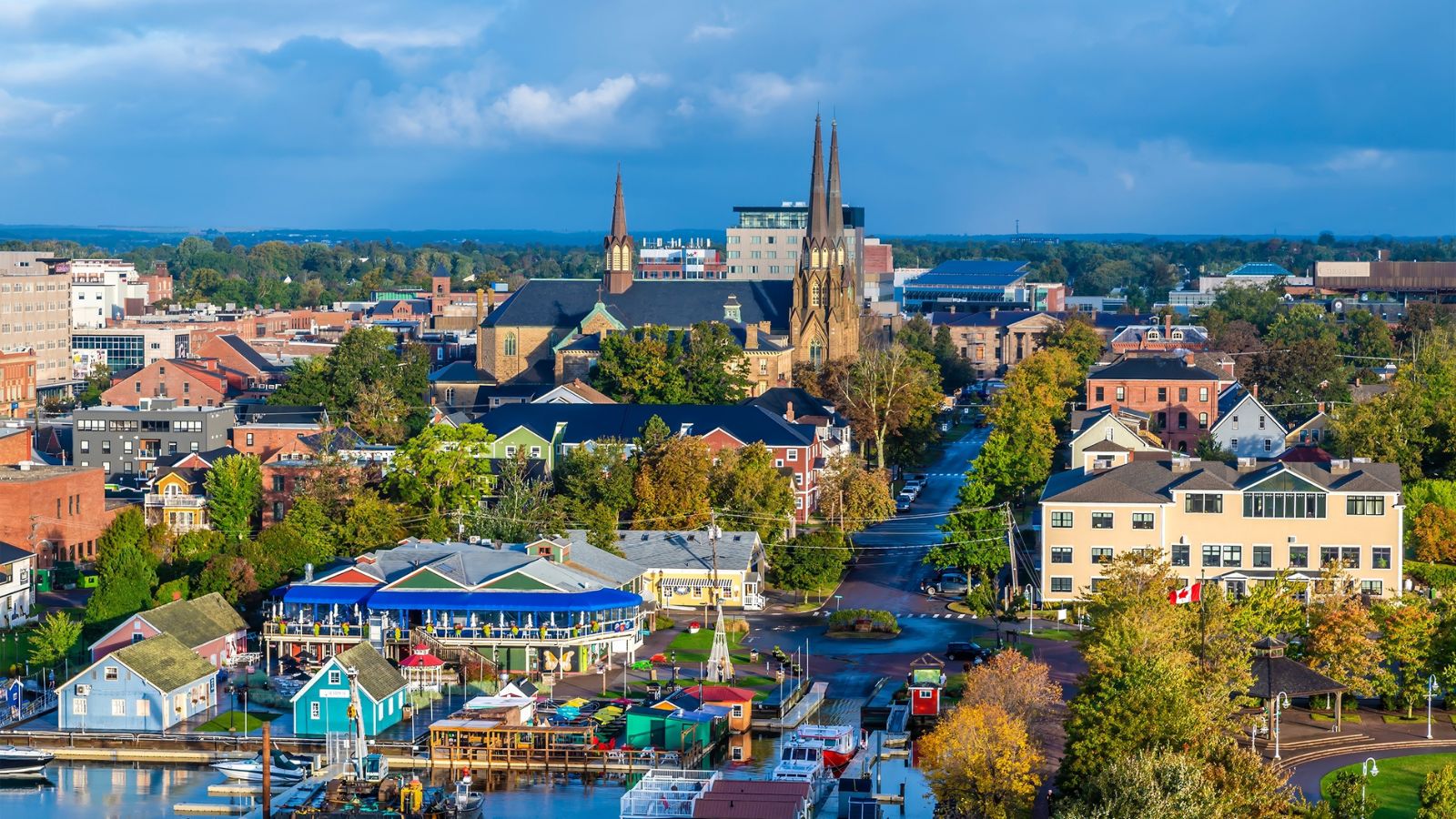
Charlottetown is emerging as a compact but forward-thinking centre for biosciences, education, and sustainable tourism. As the capital of Prince Edward Island, the city plays a central role in the province’s innovation strategy. It is home to the PEI BioAlliance and the University of Prince Edward Island, both of which support a growing biotech sector. Local programs encourage startups and research in marine biology, agriculture, and clean tech. The city also emphasizes walkability, green spaces, and coastal preservation. Charlottetown’s steady investment in knowledge industries and sustainable development is shaping its role in Canada’s future economy.
Saguenay, Quebec

Saguenay is establishing a strong presence in green manufacturing, renewable energy, and regional innovation. Located in northern Quebec, the city is a major player in aluminum production, with a focus on increasingly low-emission processes. Saguenay also benefits from abundant hydroelectric power and a growing interest in clean energy projects. Educational institutions like Université du Québec à Chicoutimi support local research in environmental sciences and technology. Efforts to modernize infrastructure and attract high-value industries are paying off. Saguenay’s commitment to clean industry and northern development is helping to diversify Quebec’s economic landscape in a sustainable direction.
Fredericton, New Brunswick
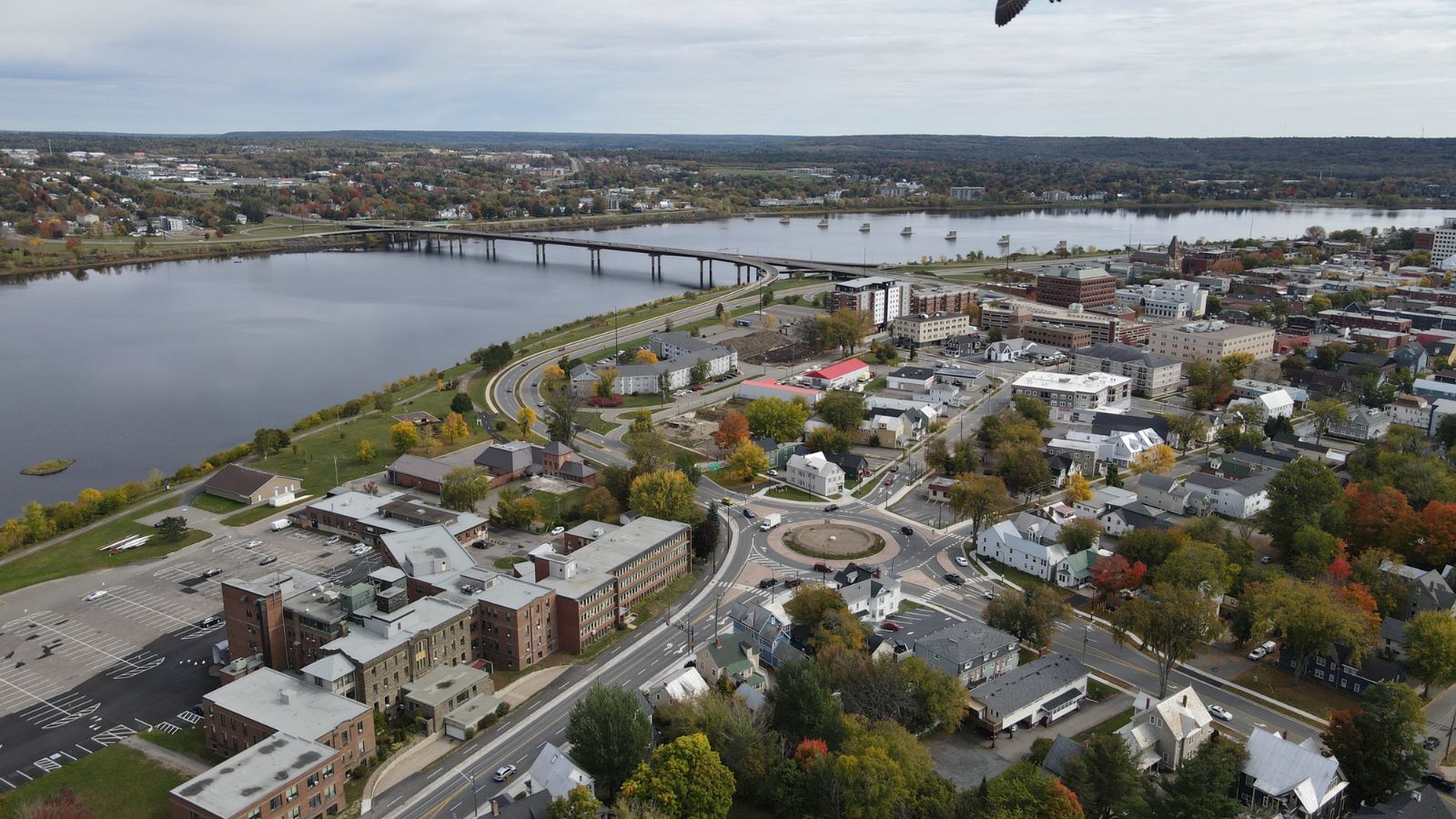
Fredericton has established itself as a tech-driven city with strengths in cybersecurity, IT, and clean technology. It is home to the University of New Brunswick, which plays a key role in research and talent development. The city’s innovation ecosystem comprises organizations such as Ignite Fredericton and Knowledge Park, which support startups and collaborative projects. Fredericton is also working to improve sustainability through smart city planning, the adoption of renewable energy, and the development of green infrastructure. With a manageable cost of living and a high quality of life, it is attracting young professionals and entrepreneurs. Fredericton’s blend of technology and livability makes it a strong model for small-city innovation.
Guelph, Ontario
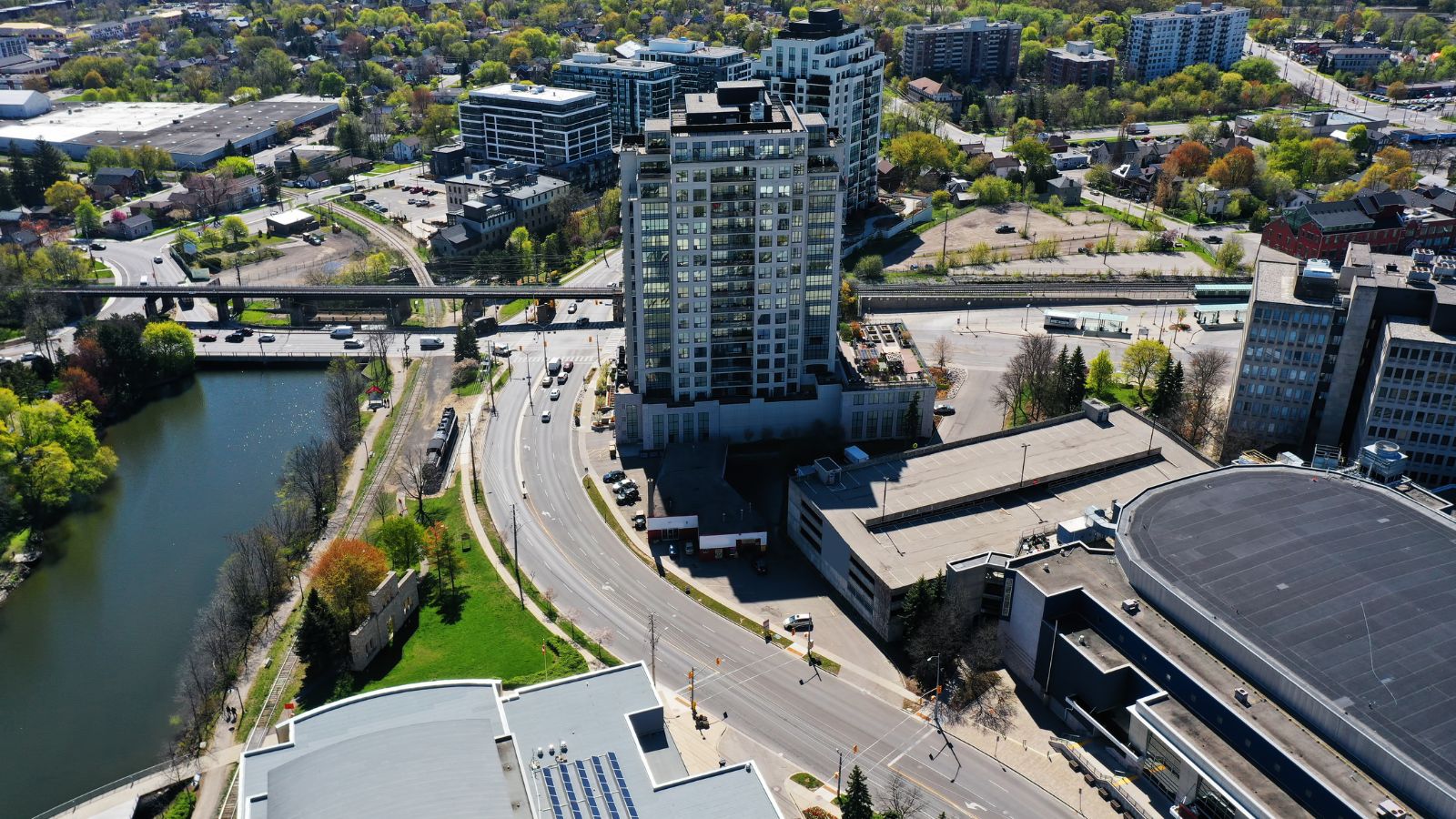
Guelph is building a strong reputation as a leader in agri-innovation, environmental sustainability, and urban resilience. The city is home to the University of Guelph, a globally recognized institution for agricultural and environmental sciences. This academic strength supports local innovation in food tech, clean energy, and circular economy initiatives. Guelph is also part of the Smart Cities Challenge, where it has advanced projects focused on food security and zero waste. With a stable economy, active community planning, and a strong focus on sustainability, Guelph is proving that smaller cities can lead in science-driven and community-focused development.
Kamloops, British Columbia

Kamloops is emerging as a future-focused city with growing strengths in clean energy, education, and resource innovation. Thompson Rivers University plays a key role in training and research, especially in environmental management and business development. The city is investing in renewable energy projects and wildfire resilience, given its location in a climate-sensitive region. Kamloops also supports regional economic development through initiatives in tourism, tech, and sustainable forestry. Its natural setting and affordability are attracting young families and professionals seeking balance and opportunity. Kamloops is shaping a model for sustainable growth in interior British Columbia.
21 Products Canadians Should Stockpile Before Tariffs Hit

If trade tensions escalate between Canada and the U.S., everyday essentials can suddenly disappear or skyrocket in price. Products like pantry basics and tech must-haves that depend on are deeply tied to cross-border supply chains and are likely to face various kinds of disruptions
21 Products Canadians Should Stockpile Before Tariffs Hit
